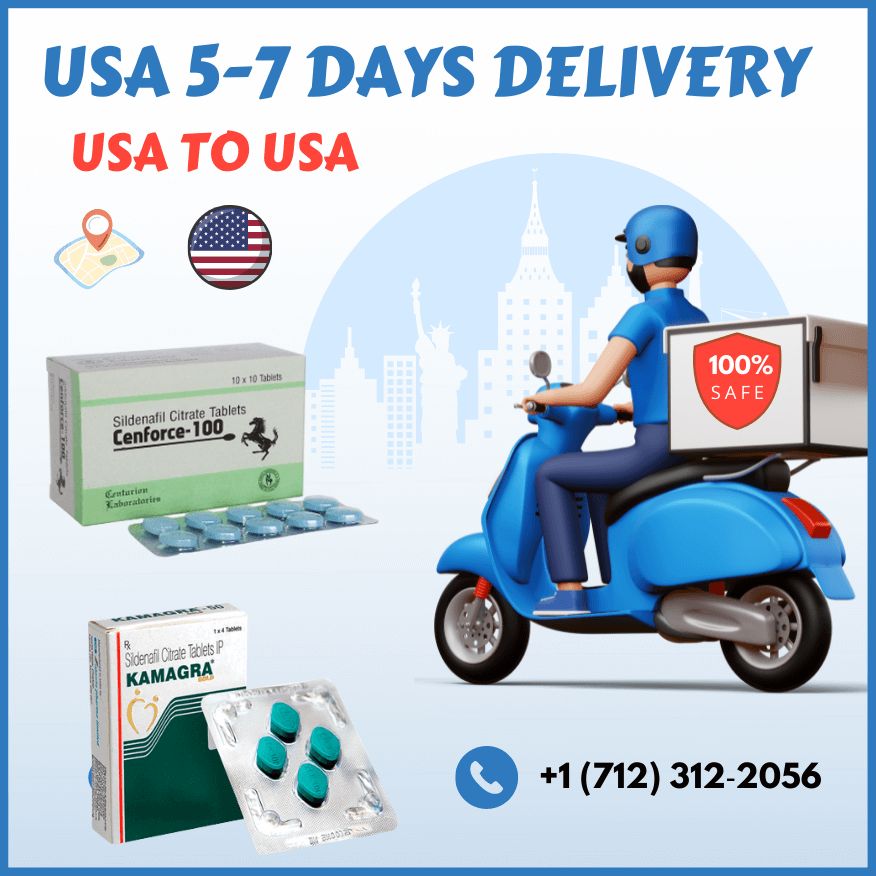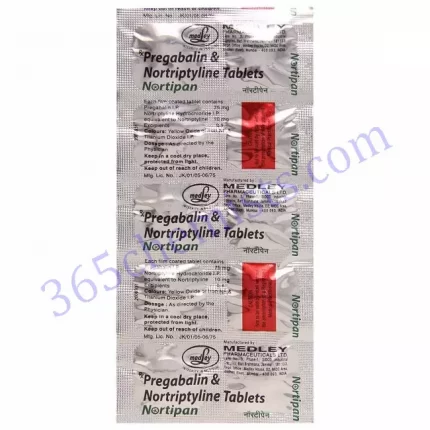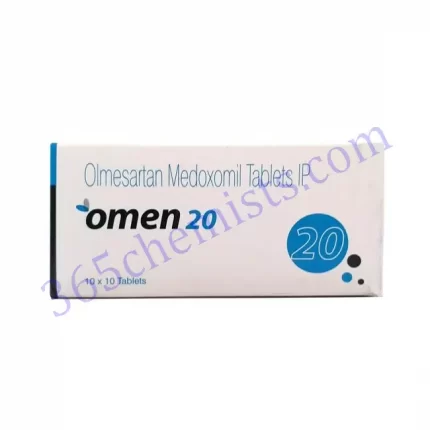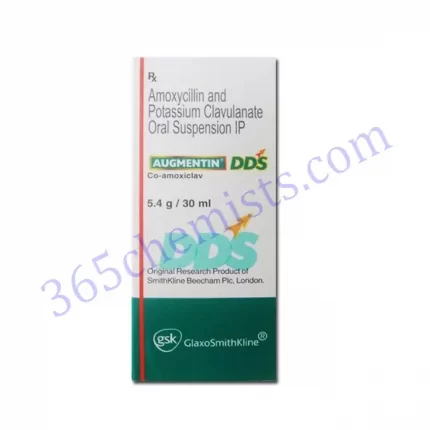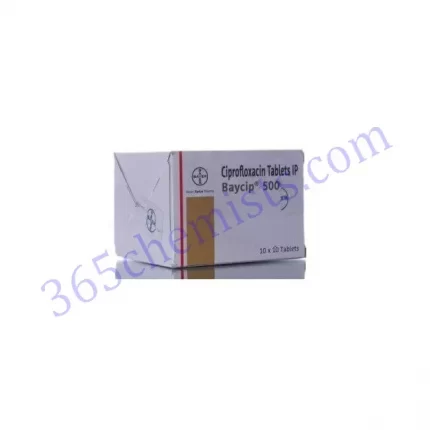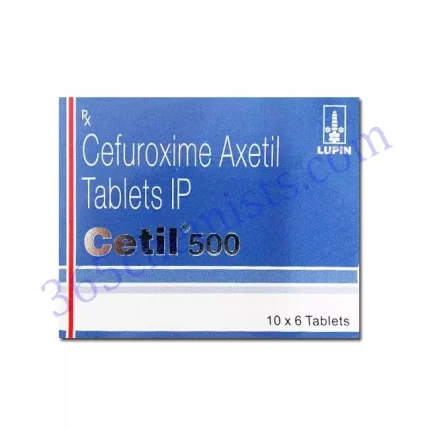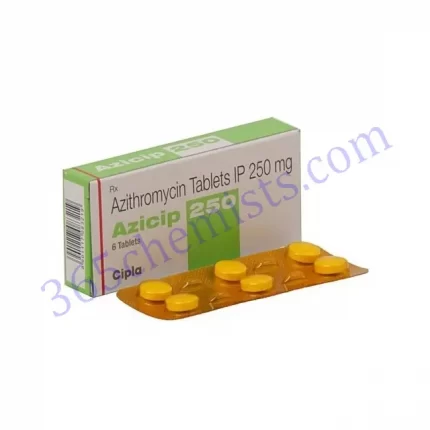O2 Tablet: An Effective Combination of Ofloxacin 200mg and Ornidazole 500mg
O2 Tablet is a potent medication that provides effective treatment for a wide variety of bacterial and protozoal infections by combining the advantages of the antibiotics ofloxacin and ornidazole. O2 Tablet is available in tablet form. This tablet, which contains 200 milligrammes of ofloxacin and 500 milligrammes of ornidazole, provides a synergistic effect that assists in the fight against a wide variety of infections. In this piece, we will delve into the specifics of O2 Tablet, including its applications, recommended dosage, potential adverse effects, and safety precautions.
Uses of O2 Tablet:
- Infections Caused by Bacteria: The O2 Tablet is a medication that is frequently prescribed for the treatment of bacterial infections that can affect various parts of the body, including infections of the respiratory tract, infections of the urinary tract, infections of the skin and soft tissue, and sexually transmitted diseases.
- Infections Caused by Protozoa: This medication is also effective against protozoal infections, such as amoebiasis (both intestinal and hepatic), giardiasis, trichomoniasis, and vaginal infections that are caused by anaerobic bacteria.
- Infections of the Dental Tissue O2 Tablet is sometimes used in the treatment of dental infections that are caused by bacteria. Some examples of dental infections include periodontitis and dental abscesses.
Dosage and Administration:
Oral administration of O2 Tablet, preferably with food and as directed by a qualified medical professional is the recommended method of administration. It is possible for the dosage to change depending on the nature and extent of the infection, as well as the patient’s current state of health. Even if the symptoms start to improve, it is imperative to finish the entire course of treatment in order to guarantee that the infection will be completely cleared up.
Adults are advised to take one tablet twice daily, or as directed by their healthcare provider, as the typical recommended dosage. Nevertheless, it is of the utmost importance to carry out exactly as the healthcare professional has outlined in the instructions.
Important Precautions:
- Patients who have a history of hypersensitivity to any fluoroquinolone medication, including Ofloxacin, Ornidazole, or any other fluoroquinolone, should not take O2 Tablet. Before beginning the treatment, it is essential to communicate with the healthcare provider about any allergies you may have as well as any adverse reactions you have had to medications in the past.
- O2 Tablet should not be used during pregnancy or while breastfeeding because there is a possibility that it could harm the developing foetus. This is especially true for use during the first trimester of pregnancy. It is also recommended that you stop breastfeeding if you are going to take this medication because it has the potential to get into breast milk and cause harm to a nursing baby.
- Children and Senior Citizens: It has not been determined whether or not O2 Tablet is safe and effective for use in paediatric patients or in the elderly population as a whole. Therefore, extreme caution is required when giving this medication to people of any age, but especially to young children and the elderly.
Common Side Effects:
O2 Tablet, like any other medication, has the potential to cause certain adverse effects; however, not everyone will experience them. Nausea, vomiting, diarrhoea, dizziness, headache, abdominal pain, and a changed sensation of taste are some of the common adverse reactions that can occur. These negative effects are typically mild and temporary, but it is essential to speak with a medical professional if they continue or become worse after taking the medication.
Tendonitis, tendon rupture, nerve damage, and severe allergic reactions are some of the less common but more serious adverse effects that may occur. It is imperative that immediate medical attention be sought in the event that any symptoms, unusual or otherwise, manifest themselves.
Interactions Between Drugs:
It is imperative that you provide your primary care physician with information regarding all of the medications you are presently taking. This includes not only prescription drugs but also over-the-counter medications, herbal supplements, and vitamin products. It is possible for other medications to have an effect on how well O2 Tablet works or to raise the risk that it will have unwanted side effects. Notify your primary care provider if you are currently taking any of the following:
- O2 Tablet absorption may be inhibited by the use of antacids and mineral supplements that contain aluminium, calcium, magnesium, or iron. It is recommended to wait at least two hours before or after taking O2 Tablet before or after taking these medications.
- When O2 Tablet is taken at the same time as Warfarin or any other anticoagulant medication, there is a potential for an increased risk of bleeding. It is recommended to perform routine monitoring of the parameters related to blood clotting.
- Drugs known as nonsteroidal anti-inflammatory agents (NSAIDs): Using NSAIDs in conjunction with O2 Tablet may increase the likelihood that you will experience seizures or other effects related to the central nervous system. When taking both of these medications at the same time, careful monitoring is required.
- Ofloxacin: The use of probenecid may result in an increase in the blood concentration of ofloxacin, which in turn results in an increased risk of adverse effects. It’s possible that the dosage will need to be adjusted.
Storage:
When not in use, O2 Tablets should be kept in a cool, dry place that is shielded from both moisture and direct sunlight. It should be kept out of the reach of both children and animals. After the “expiration date” that is printed on the package, the O2 Tablet should not be used.
Conclusion:
O2 Tablet is a potent medication that is used to treat a wide variety of bacterial and protozoal infections. Each tablet contains 200 milligrammes of ofloxacin and 500 milligrammes of ornidazole. Its combination of ingredients provides a synergistic effect, which boosts the product’s overall efficacy. However, for the best possible outcomes, it is imperative that this medication be taken under the direction of a trained medical professional and in accordance with the dosage that has been prescribed. Patients are able to make educated decisions regarding their health and wellbeing if they are aware of the medication’s applications, dosage, safety precautions, and potential adverse effects.


